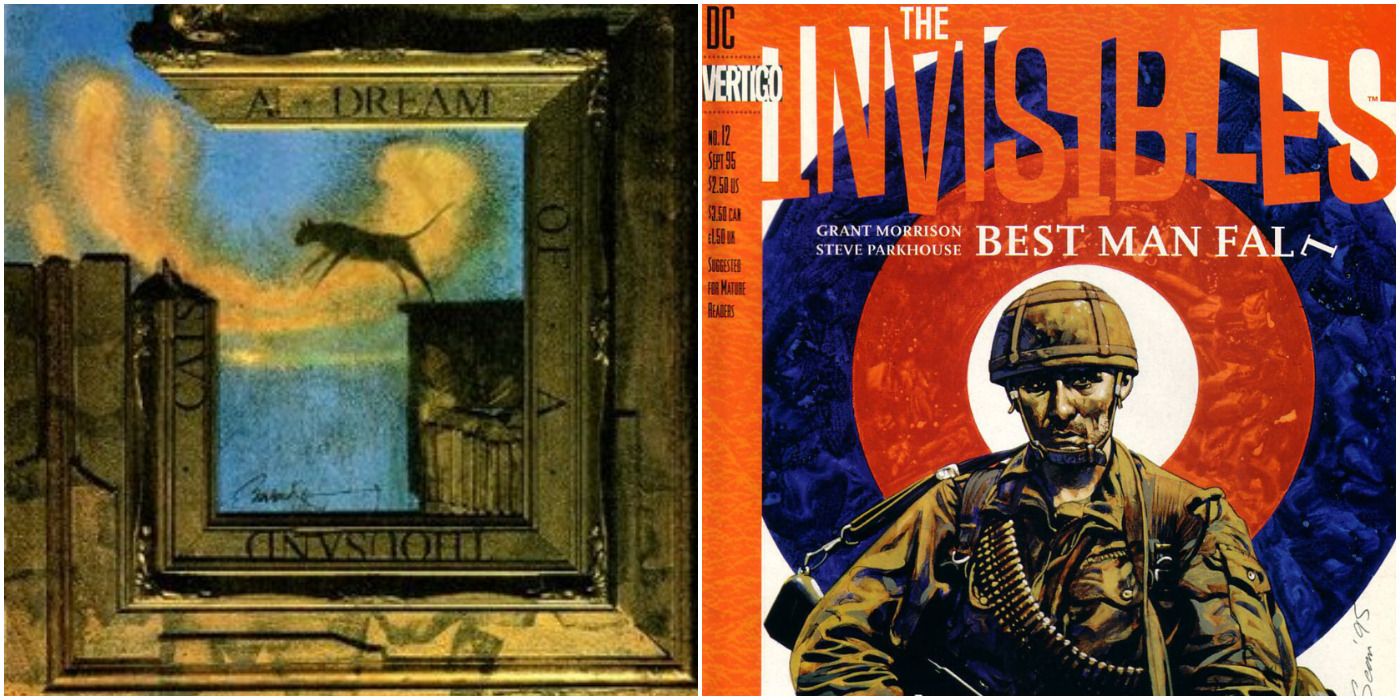
The graphic novel market taking off has changed the way comics are produced. For years, most books put out single-issue stories, with a multi-issue story happening occasionally. Now, nearly every comic is part of a multi-issue story so that they can be collected and sold as a graphic novel. The single-issue story is seemingly a lost art.
However, that doesn't mean it's dead. The modern age of comics — generally considered from the early '80s till today — is full of amazing single-issue stories. These types of stories can be just as good, if not better, than the multi-issue epics Marvel, DC, and others put out.
10 Batman #666 Gave Readers A Glimpse Of Gotham's Future
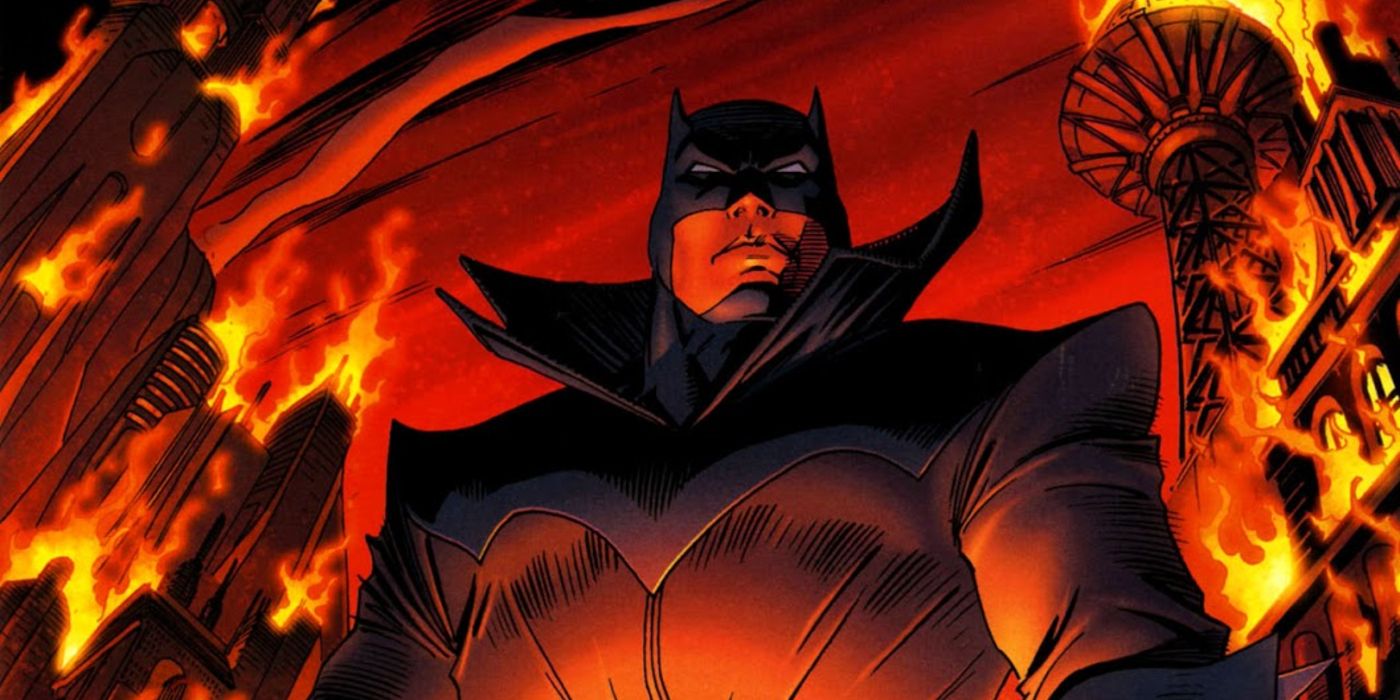
Writer Grant Morrison is a master of the single-issue story, and their Batman run had some great ones. The best was Batman #666, with artist Andy Kubert. The issue focused on Damian Wayne's future, acting as Batman and fighting against a foe from his father's own Black Case Book after the elder Batman's death.
It was an intriguing look into the future, one that was so well written that it made fans wish they were getting that story as well as what Morrison was doing in the book. Kubert's art was amazing and brought the whole thing to life. The issue was a wonderful synthesis of story and art.
9 All-Star Superman #10 Presented A Day In The Life Of Superman
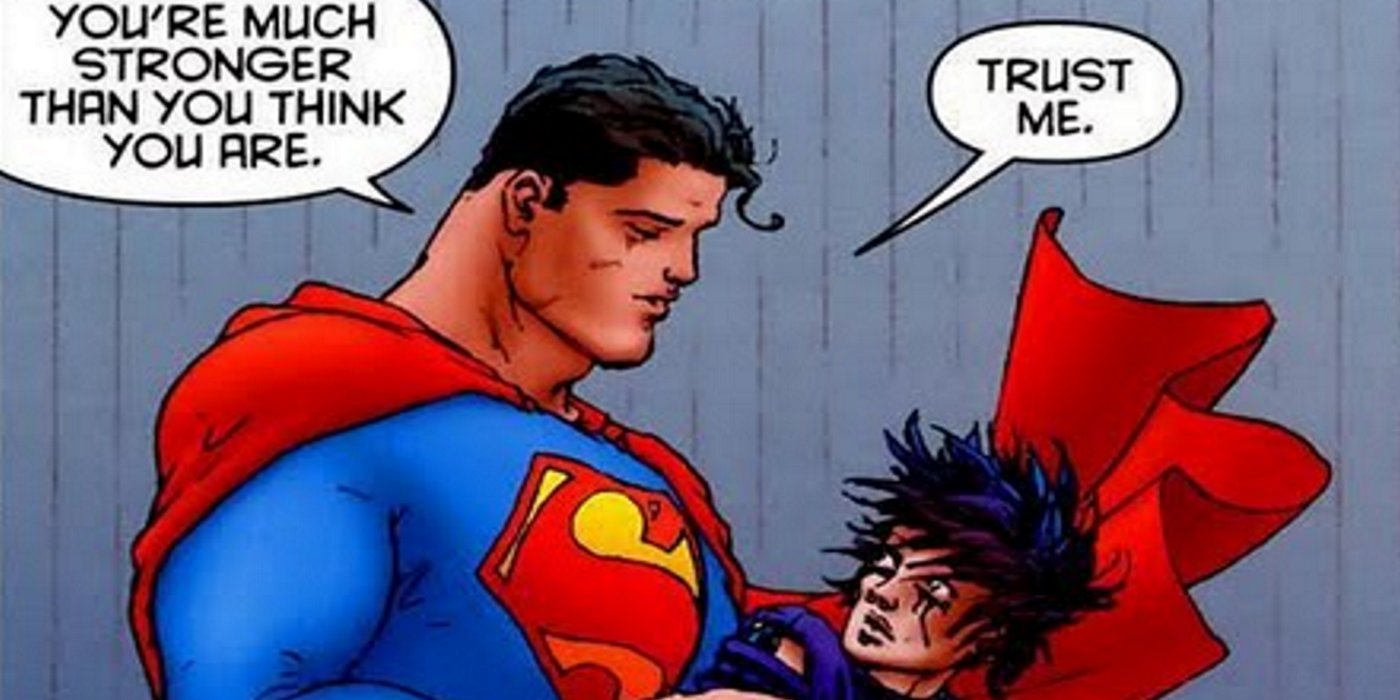
All-Star Superman #10, by writer Grant Morrison and artist Frank Quitely, is the highlight of its series, and that's saying something. It serves as a palette cleanser after the previous three issues' stories. It goes into a day in the life of Superman as he saves the day in multiple ways, from stopping a giant robot, releasing microscopic Kryptonians from Kandor to cure children's cancers, saving a depressed girl, and creating life.
All-Star Superman, in general, is a perfect Superman story, and this one is the most Superman of all. It plays into Morrison's central message about who Superman is and what he represents wonderfully. Quitely's art is never anything short of breathtaking, taking a great comic into classic territory.
8 The Sandman #31 Introduced Readers To An Intriguing Real World Figure
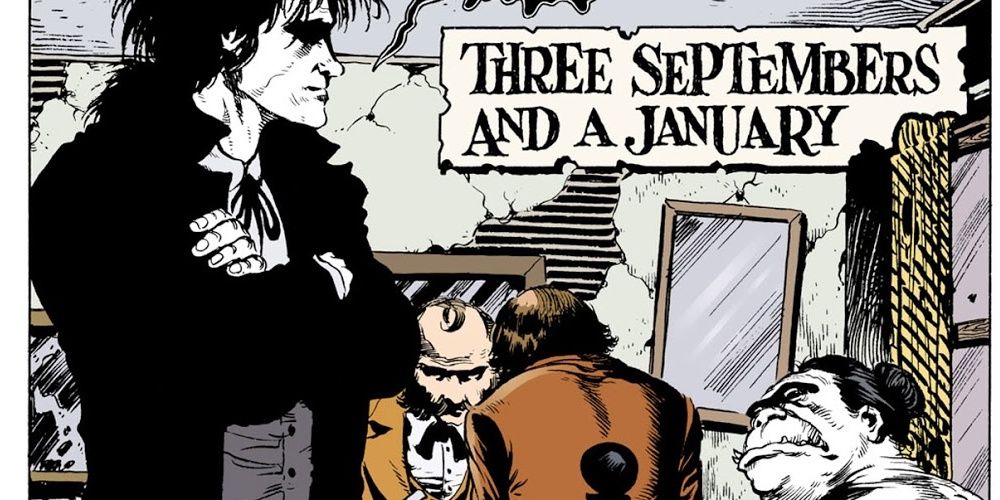
The Sandman #31, by writer Neil Gaiman and artist Shawn McManus, took a curious page from American history and built an amazing story around it. The story stars Joshua Norton, a man who would eventually decree himself the Emperor of the United States, and Endless's role in his life. It's a wonderful little tale, fictionalizing an extraordinary life.
Gaiman and McManus take readers on a wonderful journey through Norton's life at pivotal points, which gives the book its title — "Three Septembers And A January." The Sandman is full of great single issues, and this one is a masterpiece.
7 X-Men (2019) #6 Is A Highlight Of The Krakoa Era

Jonathan Hickman is one of the best writers working in comics today. His time on X-Men saw him focus on smaller one or two issue stories and the best of the bunch is X-Men #6, with art by Matteo Buffagni. The issue focused on Mystique and her role on Krakoa, manipulated by Xavier and Magneto to do their bidding in exchange for the resurrection of her wife Destiny, a promise they have no intention of keeping.
The issue does a great job of balancing plot, action, and sheer emotion. Buffagni does a fantastic job with the visuals, and the book's plot leads to big things down the road. It's a one-and-done of the highest caliber.
6 Phonogram: The Singles Club #1 Perfectly Captures A Night Out
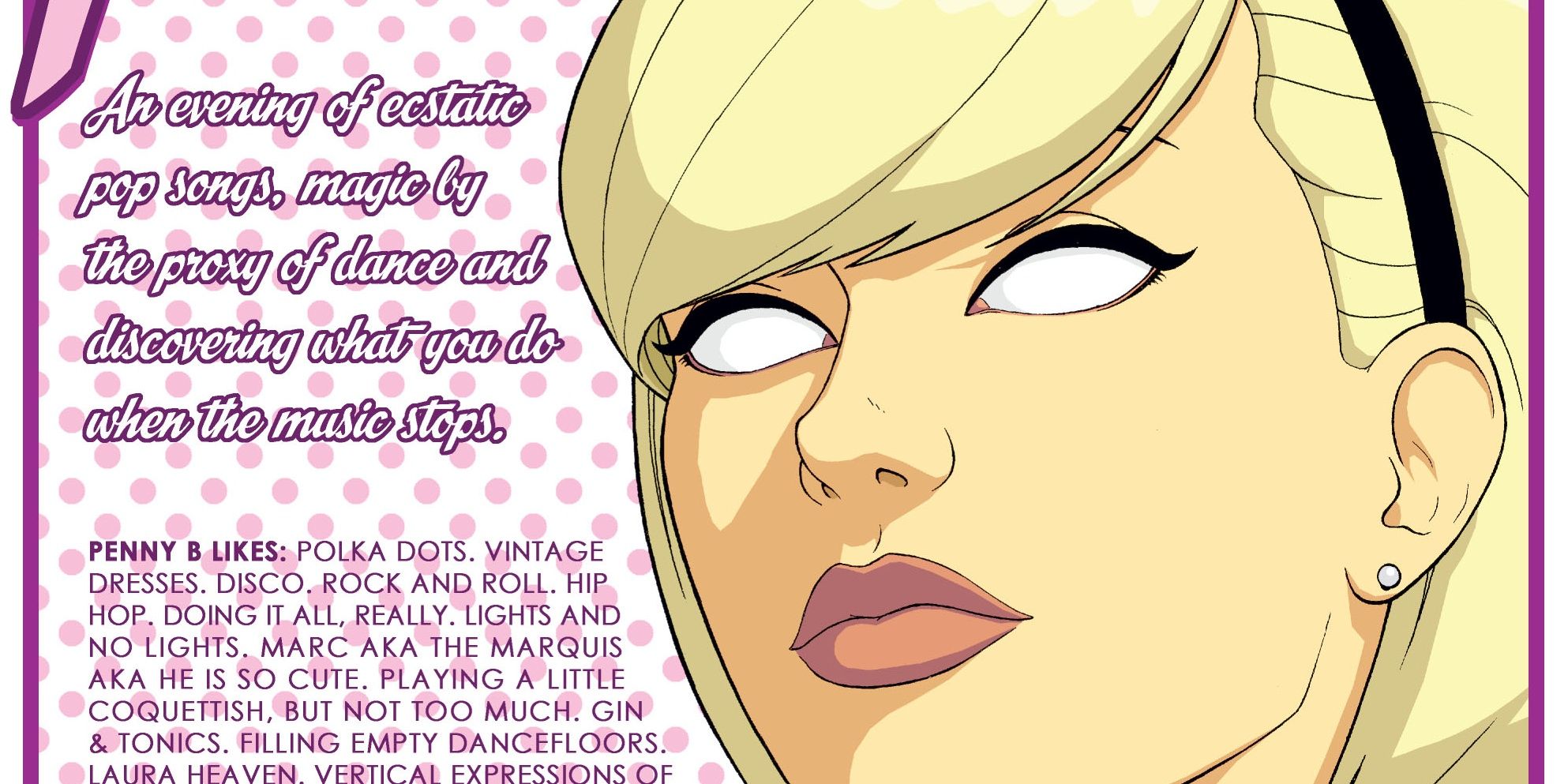
Image has been putting out some of the best comics of the 21st century. A rather underrated book from this time period is Phonogram by writer Kieron Gillen and artist Jamie McKelvie. Its second volume, The Singles Club, was a seven-issue miniseries that followed seven people through one night at a club in London, and the first issue is a stand-out.
Following party girl Penny B, the issue does a great job of capturing what a night at a club is like. Gillen and McKelvie somehow translate things that shouldn't work in a comic medium to the page, and it's a brilliant comic.
5 Wolverine (1989) #90 Pits Wolverine Against Sabretooth In Their Most Brutal Battle
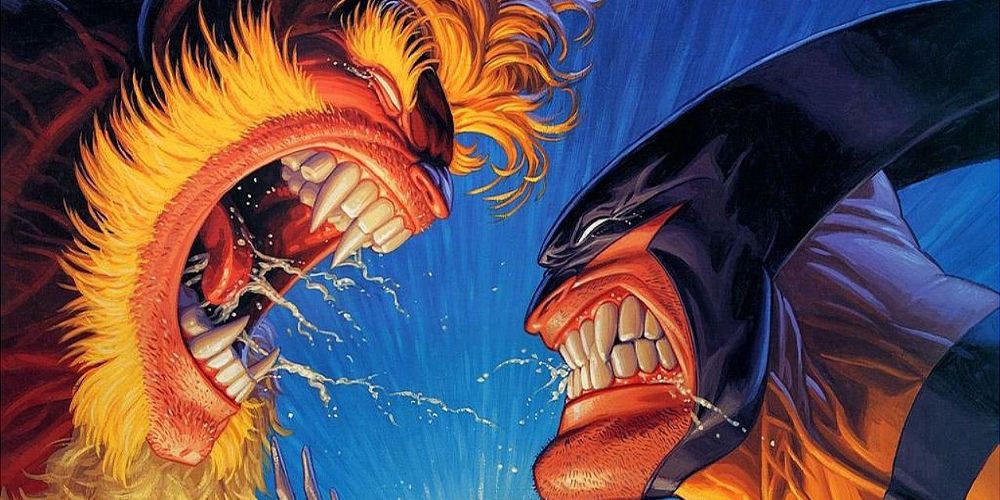
Wolverine has been in some amazing stories over the years, and one of the best is Wolverine (1989) #90, by writer Larry Hama and artist Adam Kubert. Wolverine, away from the X-Mansion since losing his adamantium, has come home to the X-Men. With everyone else in the mansion gone, it's just him and Sabretooth, which can only end one way.
Hama and Kubert's time on Wolverine produced some great single-issue stories, but none of them rival this one. Perfectly capturing the intensity of the rivalry between the two mutants and paying it off in their best fight, it's a gem of a comic.
4 Saga Of The Swamp Thing #21 Changed Comics Forever
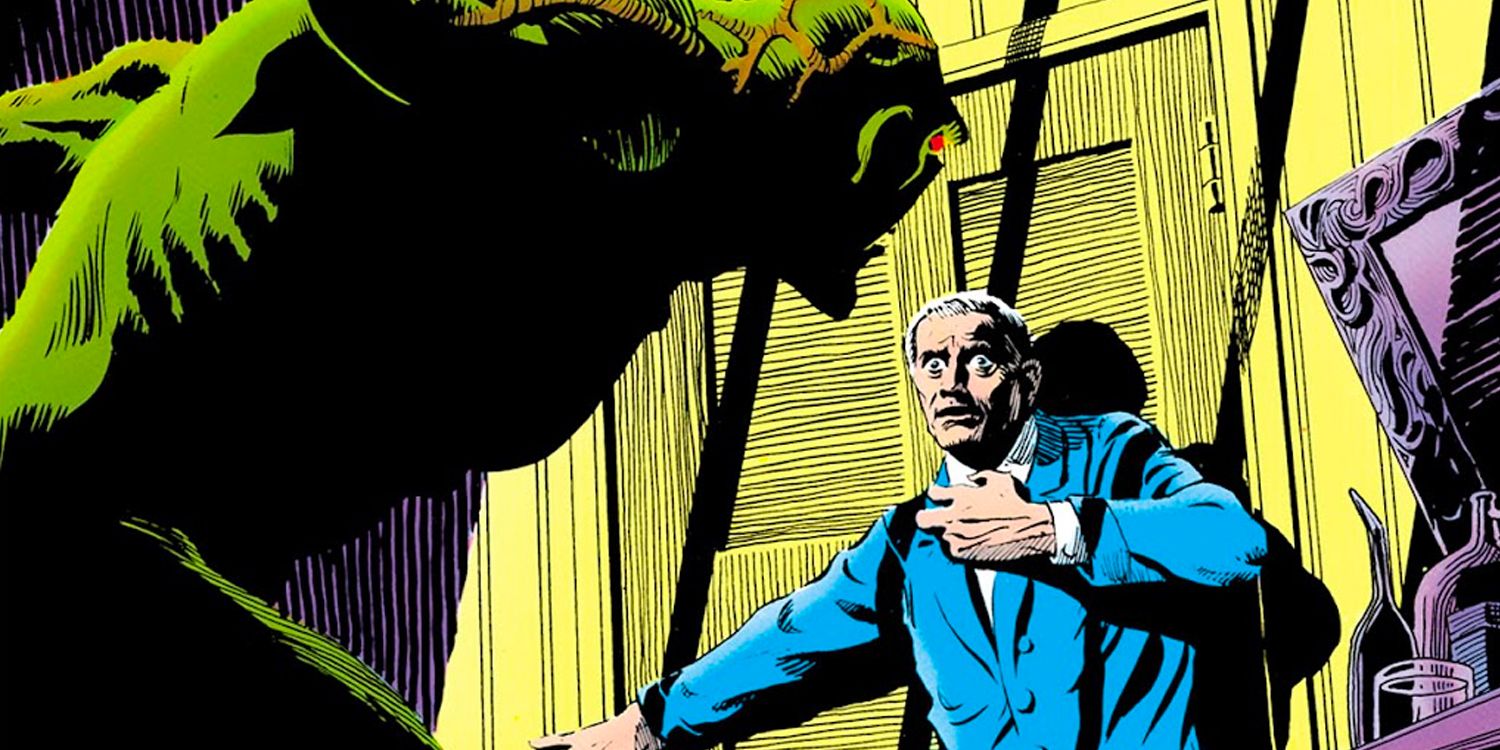
Alan Moore is one of the most important talents in the industry. His run of Swamp Thing is considered one of the greatest horror books ever and introduced him to audiences in the US. It all started in Saga Of The Swamp Thing #21, with art by Simon Bissette and Jon Totleben. That story changed everything about Swamp Thing as readers knew the character and showed Moore's talents.
Saga Of The Swamp Thing #21 is not only one of the most influential comics ever but also an amazing single-issue story. Moore, Bissette, and Totleben create the perfect atmosphere, and the issue is endlessly re-readable, a horror comics that changed the game forever.
3 The Multiversity: Pax Americana Is A Mind-Bending Masterpiece
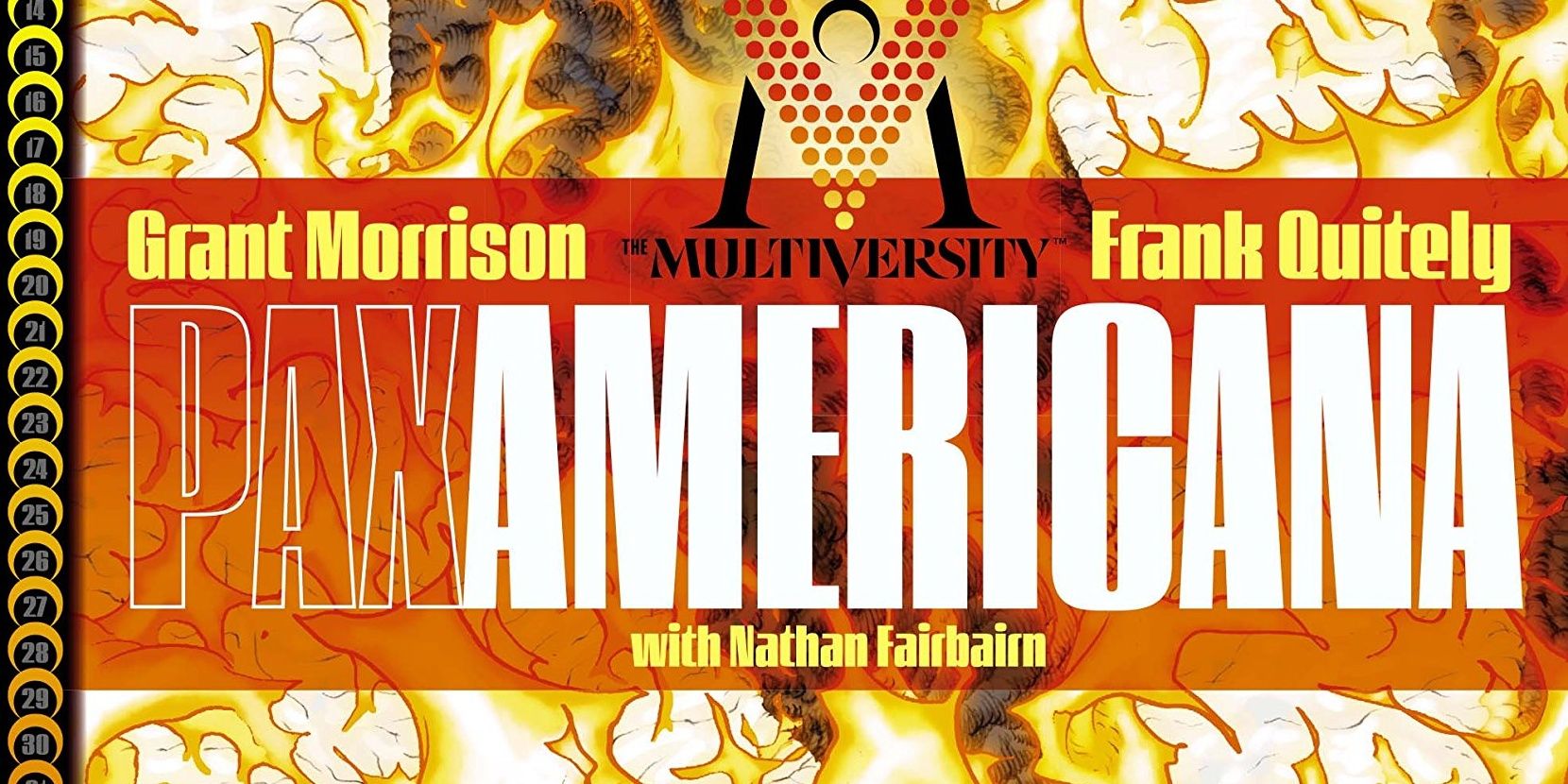
DC's Multiverse is its most iconic feature. Writer Grant Morrison's The Multiversity laid out the boundaries of the new DC Multiverse in 2014, using single-issue stories to introduce readers to the new Earths. Pax Americana, with art by Frank Quitely, highlights the heroes of the Charleston Earth in a Watchmen pastiche with a Morrison twist.
The story is told in a non-linear fashion, where the readers can open it from anywhere and read it. It takes familiar aspects from Watchmen and remixes them through Morrison's more hopeful viewpoint while also telling its own story. It's a remarkable comic.
2 The Sandman #18 Has Some Unlikely Stars
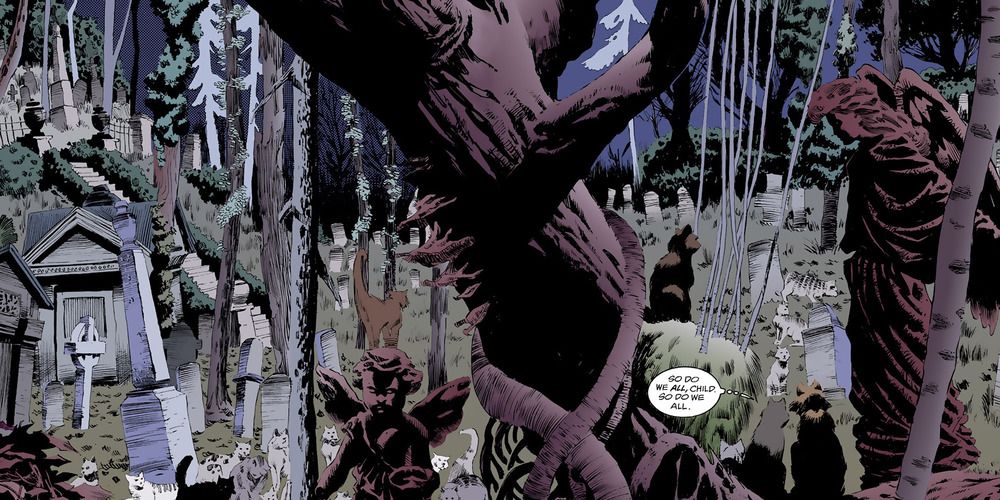
Neil Gaiman's The Sandman has gone down as one of the best comics ever, and its single-issue stories are often excellent. The Sandman #18, by writer Neil Gaiman and artist Kelley Jones, stars two cats who are traveling through the night to listen to one of their own speak. That cat tells a story, one that takes her through the loss of its litter at her owners' hands to the Dreaming, where she learns the truth of reality and how to change it.
Gaiman tells a story that is entirely unexpected in this one. It's one of those comics that definitely has to be experienced, and Jones's art is perfect for it. It's a singular piece of work from a comic full of them.
1 The Invisibles (1994) #12 Tells The Story Of A Henchmen
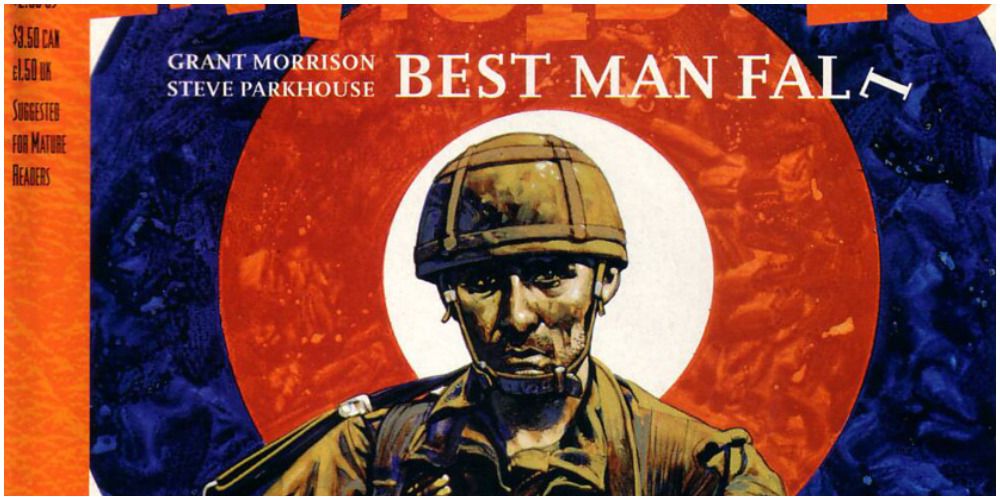
The Invisibles is Grant Morrison's opus. It's a fantastic book through and through, and The Invisibles (1994) #12, with art by Steve Parkhouse, goes in a very different direction from just about any comic before or after. The issue tells the life story of a henchman who was killed in the first issue, showing how he got to where he was in his life and the triumphs and tragedies that made him who he was.
Comics rarely present the story of a henchmen, and this one does that, warts and all. The issue's main character is both a good and bad person, forged by his life into who he is. This issue's themes play into the book's later themes of morality and is a high watermark that few comics ever reach.
Source: Trendz OH
No comments:
Post a Comment